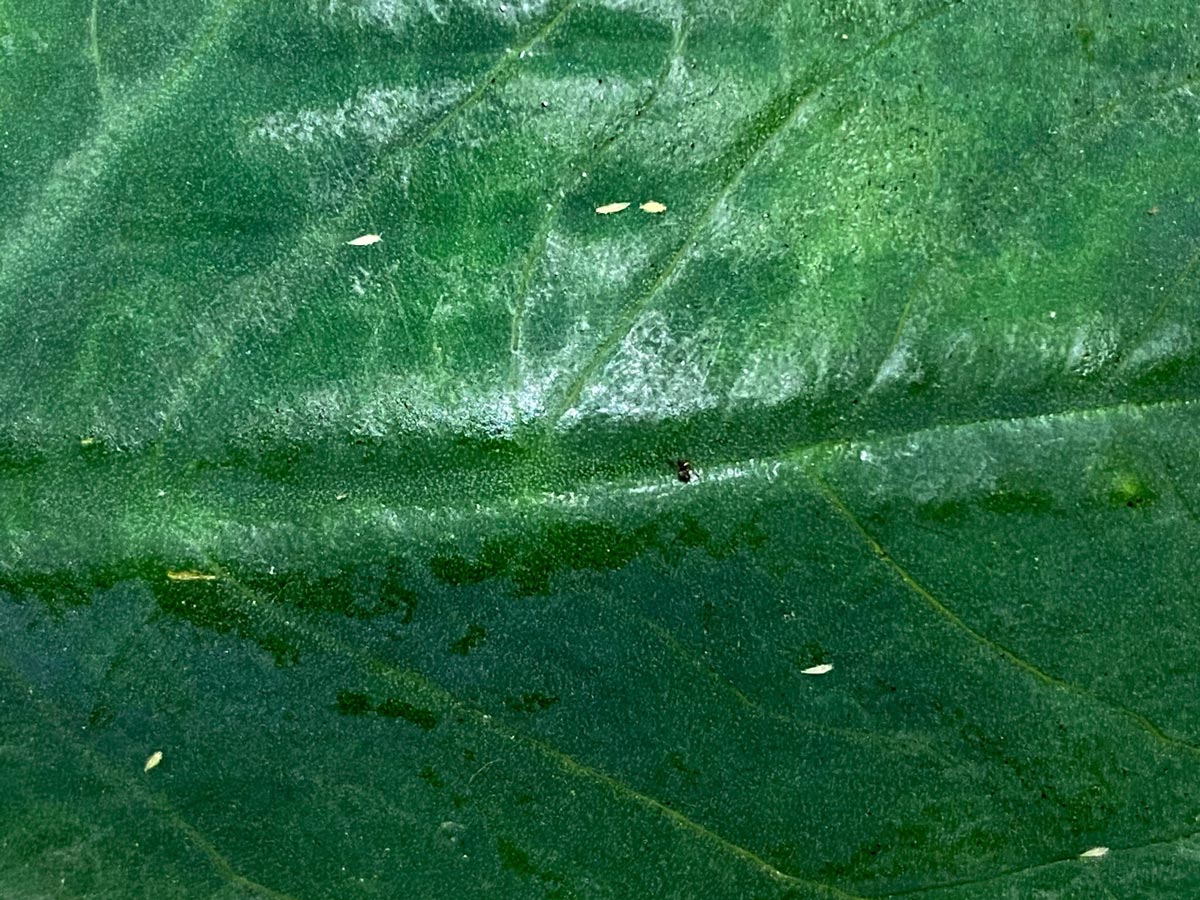How to treat Thrips on Indoor Houseplants

Thrips are a common houseplant pest, and are very small bodied, straw-colored insects with tiny feathery wings. They’re so small they can be tough to spot with the naked eye, and instead can sometimes be more easily identified as an animated line moving around the leaf’s veins that moves when disturbed. Blotchy reddish brown discoloration can also be an indication that a thrips infestation is present. They can reproduce asexually, and with no natural predators found in human spaces, they can quickly multiply and cause significant damage. Of all the common houseplant pests, thrips are perhaps the most challenging to deal with.
When routinely checking in with your plant, be certain to pay special attention to the undersides of the leaves, as this is where many of the most common houseplant pests make their home. This is where the leaves are most tender and succulent, and it’s where suckers like thrips can be spotted in action.
Thrips doing thrips stuff. Notice the droplet of excrement it leaves behind. These little black spots are one of the ways to identify a thrips infestation. Video by Lauren Sottile.
To treat a plant for thrips, the first step is to hose the plant down under the sink or shower faucet, dislodging the bugs. Take care not to overwater the soil with the runoff. If it's not possible to move the plant to a water source, use a spray bottle and microfiber cloth and spray and wipe each leaf. Follow this with an insecticide, such as neem oil. Neem oil is a natural pesticide and leaf shine that’s been used for hundreds of years on crops and houseplants alike. Best of all, it’s non-toxic to birds, animals, and many beneficial insects. Mix the neem oil with water and apply it to the plant with a spray bottle, letting it rest for 5-10 minutes, and then wiping the leaves clean afterwards.
For serious infestations that are undeterred by neem oil, an insecticidal soap is a stronger treatment option to consider. When the insects are present, apply thoroughly to all of the plant’s surfaces and repeat every 10 days until you no longer see any of the bugs. Please note insecticide should be applied in the evening, or when the plant is removed from the direct sun, as sunlight combined with the insecticide can burn a plant.
No matter the treatment separate the affected plant from the rest of your collection while it recovers, taking special care to ensure that none of the plant’s leaves are touching another plant’s. For future prevention, thoroughly inspect plants before bringing them into your home and try regularly wiping down the leaves with water to deter thrips from returning.

